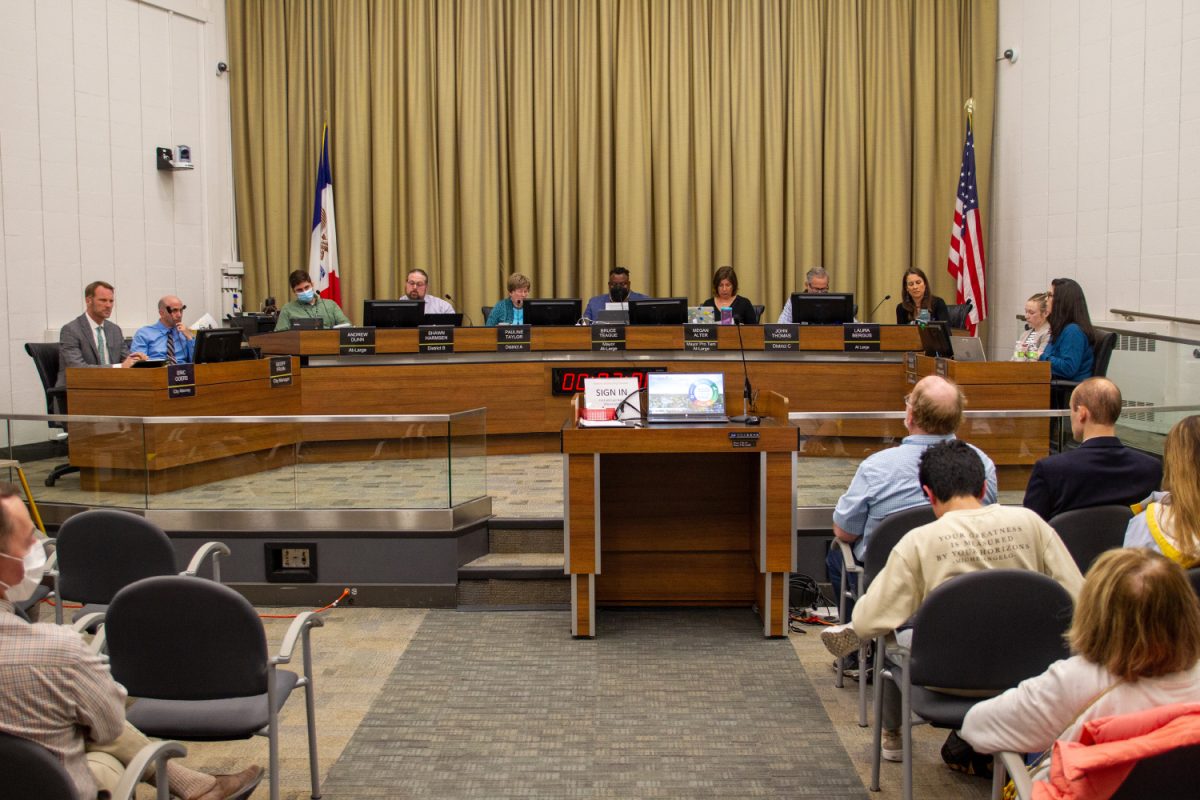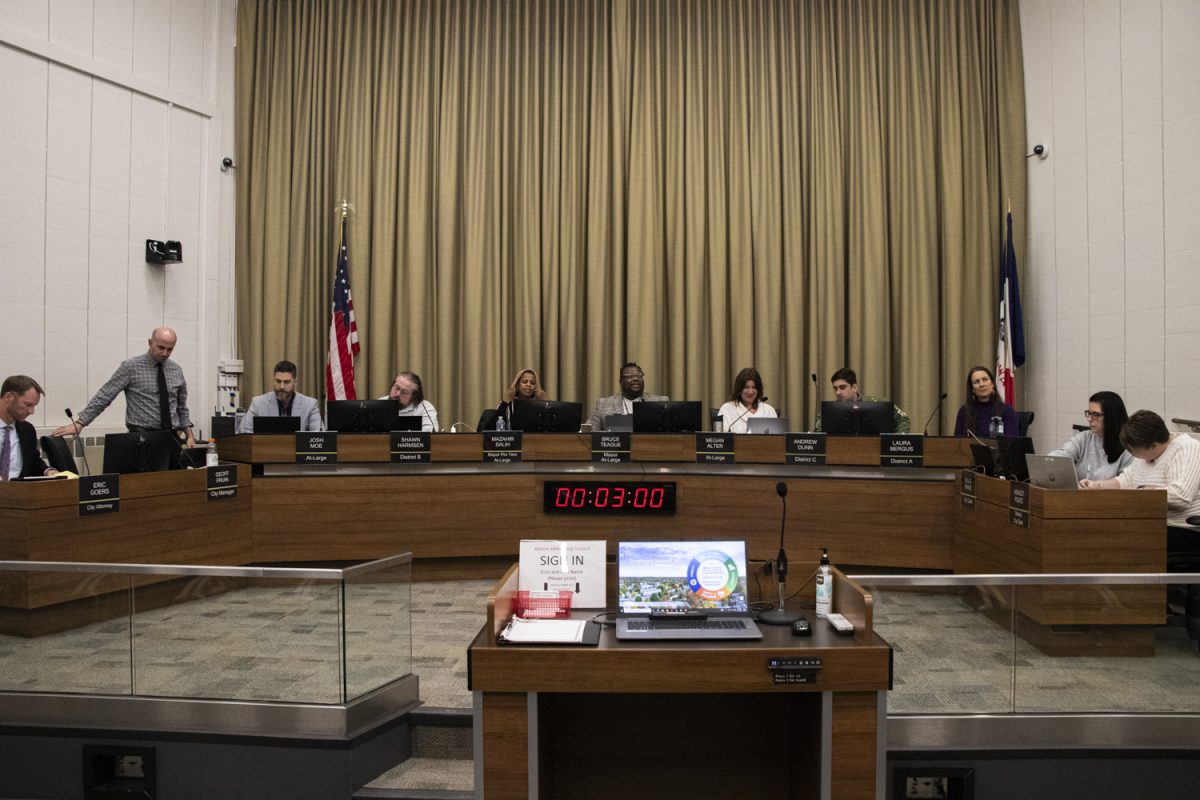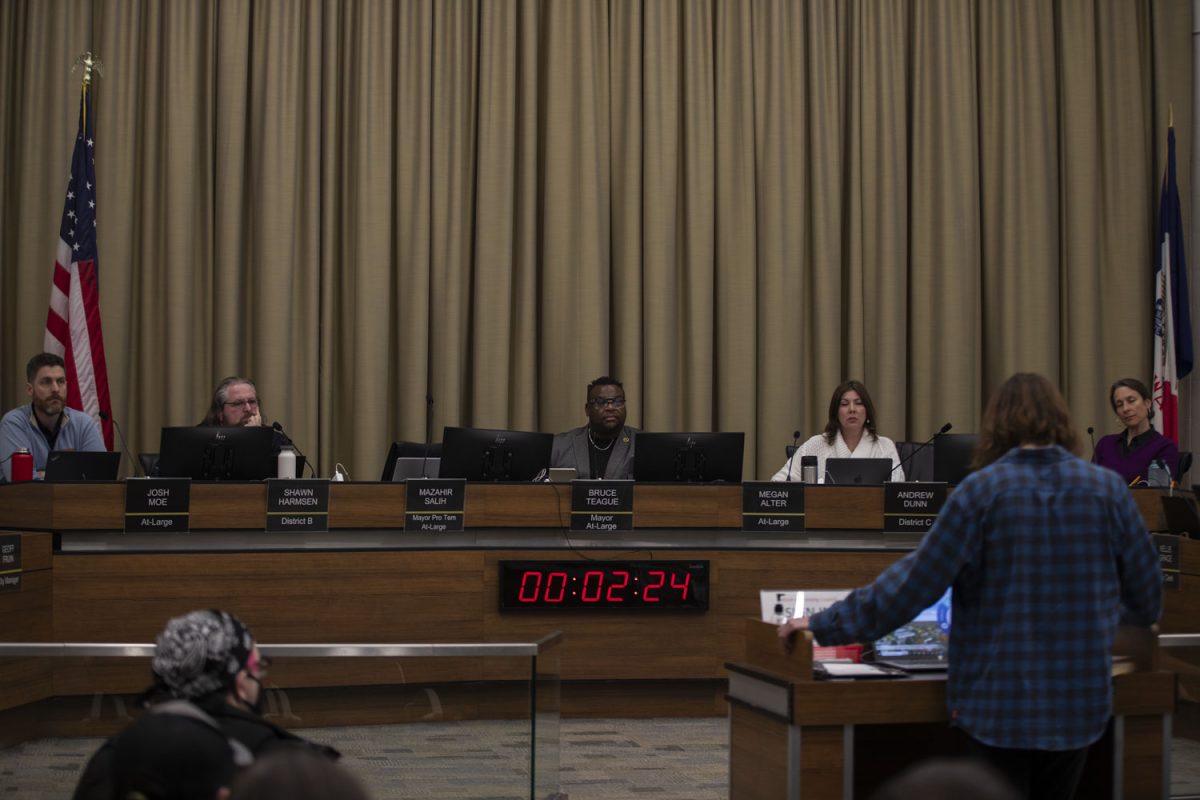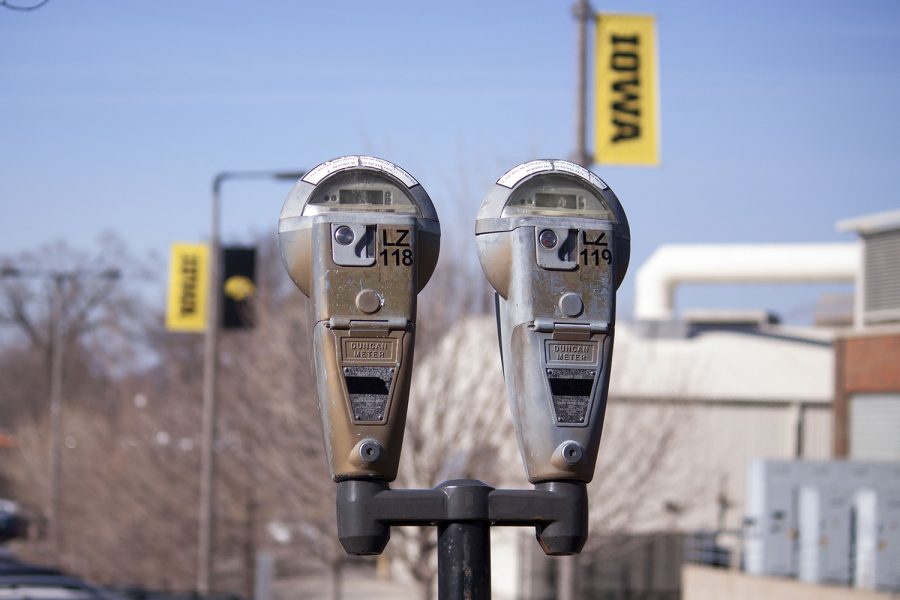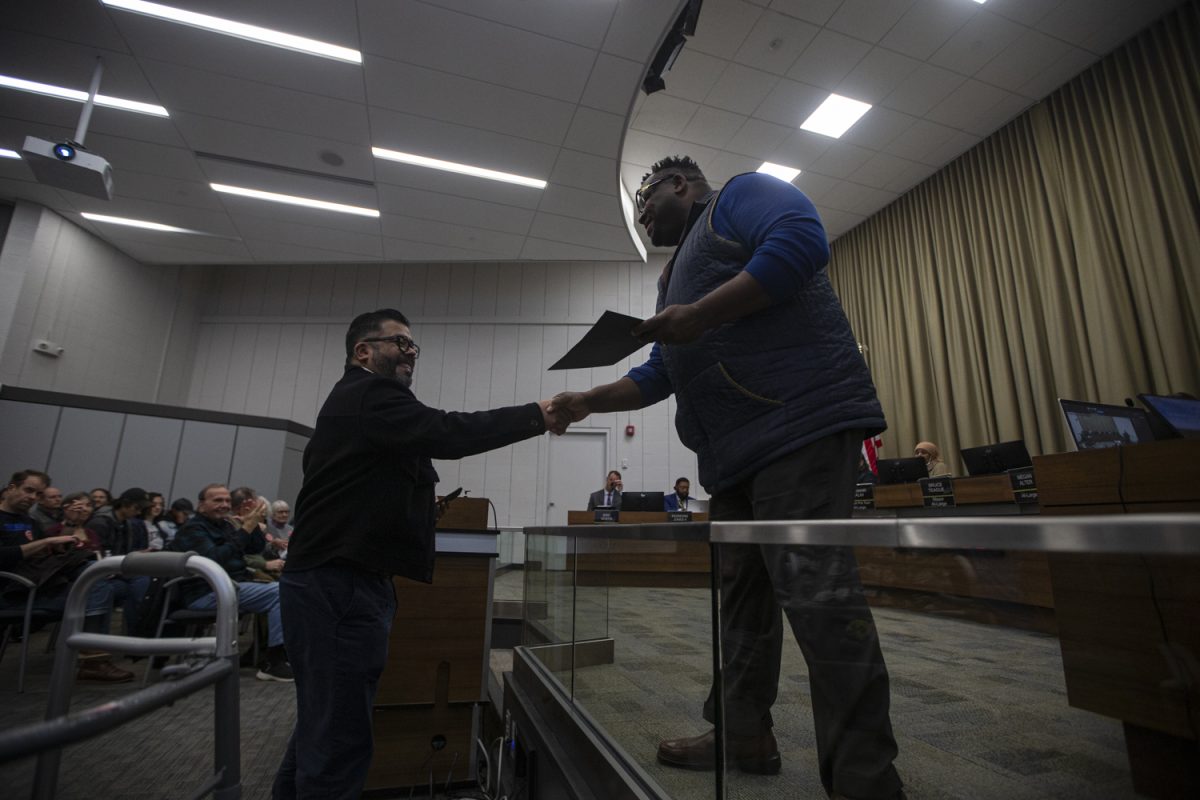A Johnson County nonprofit says limited bus routes and operating hours leave many late-night Iowa City workers stranded, jeopardizing their economic security.
The Community Transport Committee nonprofit is pushing for an Iowa City commission specifically dedicated to transit needs, aiming to bridge gaps in the current system.
In response, the Iowa City Human Rights Commission unanimously supported the creation of a transit advisory commission at its March 26 meeting.
There are 13 bus routes in Iowa City, the West Iowa City bus route starts the earliest at 6 a.m., and the latest route ends at 10:45 p.m.
The Community Transport Committee emerged in 2015 as an organization working to support the transit needs of residents, specifically late-night workers as well as residents who are low-income, who have a disability, and residents who rely on public transit.
The organization claims to have identified numerous gaps in the Iowa City bus system that extend beyond limited late-night service. Its most recent survey from 2015 found that most Iowa City routes prioritize the downtown area, geographically isolating many residents without vehicles from employment opportunities and other resources.
Iowa City City Council previously addressed the issue of transit in August 2023, when it approved a federally funded program to eliminate bus fares for residents. All Iowa City buses will remain free for the duration of the two-year pilot program.
The city’s ridership went up over 40 percent after free fares were offered.
“We’ve made progress with our transportation in Iowa City by making it free,” Victor Fontanez, Community Transport Committee intern, said. “That has increased access for all residents, but we still see that residents don’t always live close to a bus stop or they’re not finding clear signage and maps online and by the bus stops.”
Five residents spoke at the March 26 meeting in favor of the Transit Commission proposal.
Transport Committee President Jeremy Endsley said the creation of a transit commission would provide a platform for residents to speak directly to city council about transit policies that impact them.
“There’s perspectives that haven’t been taken into account,” Endsley said.
A commission in Iowa City would have the power to hold public meetings discussing issues around the city’s transit system and provide recommendations for Iowa City City Council to vote on. The Transport Committee is a nonprofit organization that is working to improve transit in Iowa City but is not a government entity.
Endsley said this commission is also necessary due to concerns about the Iowa City Transit Department’s responsiveness and public accessibility.
RELATED: Iowa City City Council approves resolution for fare-free transit pilot program
“It’s hard to get ahold of administrators, and it’s one of the few city departments that’s not accessible easily to the public and doesn’t have a lot of oversight by the public,” Endsley said.
Dawn Pawlowski, a longtime Iowa City resident who has a disability that prevents her from driving, expressed similar disappointment with issues surrounding transit, a service she relies on. Pawlowski contacted the city’s transit department to request a more user-friendly bus route map but said they never got back to her.
The current online version, she pointed out, is too small for her to effectively navigate and fails to provide essential details like stop locations and bus schedules.
“I know I can’t be the only one who needed a bigger map of all the routes,” Pawlowski said. “If more bus riders had a chance to provide input, maybe we would have made some changes.”




